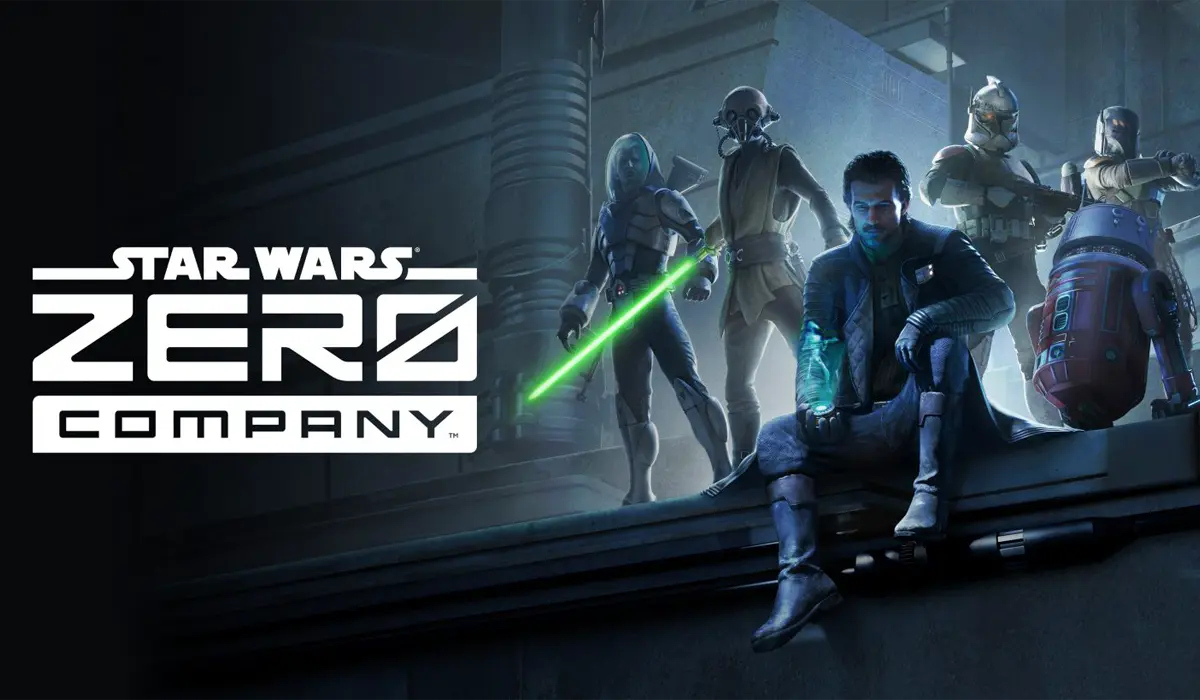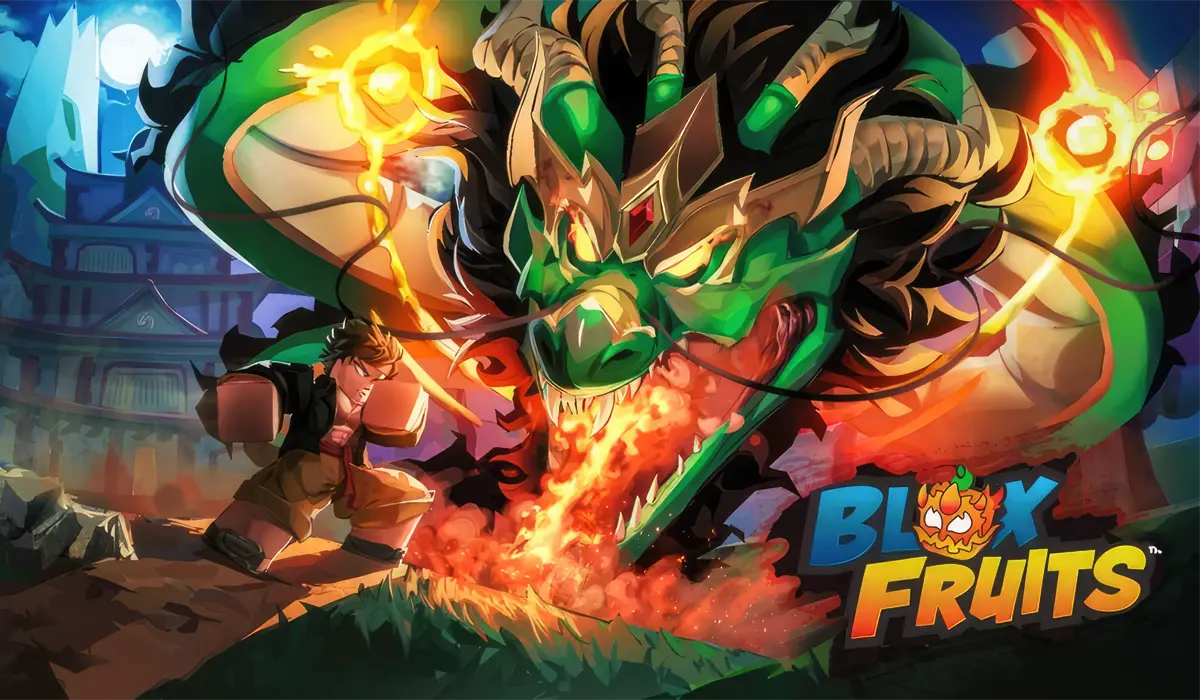May 30, 2025, marks the arrival of Elden Ring Nightreign, a daring new co-op adventure from FromSoftware that reimagines the studio’s signature challenge-driven gameplay for a multiplayer audience. Designed as a standalone experience within the Elden Ring universe, Nightreign shifts the focus from solitary exploration to frenetic three-player survival, blending Soulsborne combat with innovative mechanics like a shrinking map and high-stakes boss battles.
After participating in its recent network test, we’re breaking down what makes this game a potential game-changer—and why it’s poised to captivate both veterans and newcomers alike.
A Radical Shift to Co-Op Survival
Unlike the methodical solo journey of Elden Ring Nightreign thrusts players into a relentless three-day cycle where teamwork isn’t just encouraged—it’s essential. Teams of three “Nightfarers” must scavenge resources, battle enemies, and outrun the Night’s Tide, a creeping wall of blue flames that shrinks the explorable map over time. Each session culminates in a boss fight at nightfall, with the final showdown on day three against one of eight colossal Nightlords.
During the network test, players discovered that splitting up risks leaving teammates vulnerable, but sticking together ensures survival. “Dropping map pins and coordinating attacks became second nature,” one tester noted, emphasizing how communication turned near-certain defeats into hard-fought victories.

Innovations in Movement and Combat
Nightreign retains Elden Ring’s punishing combat but injects fluidity with new traversal mechanics. Players can wall-jump, ride Spectral Hawks for aerial shortcuts, and sprint at Torrent-like speeds using the L3 button—all without fearing fall damage. These changes transform exploration into a parkour-inspired race against the Night’s Tide, creating moments of exhilaration as teams leap across cliffsides or evade enemies in style.
The revival system also flips traditional co-op norms: downed teammates are rescued not by healing spells, but by attacking them to fill a revival meter. Fail to act quickly, and the meter grows longer with each subsequent down—a clever twist that heightens tension during chaotic battles.
Boss Battles: Brutal, Rewarding, and Unforgiving
True to FromSoftware’s legacy, Nightreign’s bosses are merciless. During the network test, previewers failed four out of five initial runs before finally toppling a Nightlord through trial, error, and meticulous strategy. Each boss features movesets that demand perfect timing and team synergy, whether it’s a classic Dark Souls enemy reimagined or a brand-new monstrosity.
The stakes feel higher than ever. While daytime deaths allow respawns, nighttime defeats leave players incapacitated until rescued—a mechanic that forces squads to balance aggression with caution.
Progression: Short-Term Gains, Long-Term Mastery
Nightreign ditches traditional RPG stat-building for a session-based progression system. Players start each run at level one, but successful missions grant relics that permanently enhance abilities, weapons, or exploration perks. This “roguelike-lite” approach encourages experimentation across eight distinct Nightfarers, including the tanky Guardian, spell-slinging Recluse, and agile Duchess.
The result? Every 35–40 minute session feels fresh, with randomized biomes, loot, and enemy placements ensuring no two runs play alike. As one previewer put it, “Nightreign is like a Souls mixtape—familiar rhythms, but remixed for chaos”.
Accessibility Meets FromSoftware’s Signature Challenge
FromSoftware has long been synonymous with uncompromising difficulty, but Nightreign subtly lowers the barrier to entry. Solo players can tackle the game offline or matchmake with randoms, while streamlined leveling (automatic stat boosts per level) lets newcomers focus on combat rather than build optimization.
That said, don’t mistake accessibility for ease. The Night’s Tide’s constant pressure and brutal boss designs ensure Nightreign remains a trial by fire—just one that’s shared with friends.
Availability and Editions
Elden Ring Nightreign launches on May 30, 2025, for PS5, PS4, Xbox Series X|S, Xbox One, and PC via Steam. The Standard Edition includes a bonus gesture, while the Deluxe Edition adds a digital artbook, soundtrack, and DLC. Physical collectors can splurge on the Seekers Edition (Steelbook) or a $299 Collector’s Edition featuring a Wylder statue and replica helmet.
A limited network test runs February 14–17 for PS5 and Xbox Series X|S players, offering a taste of Nightreign’s relentless pace ahead of launch.
Final Thoughts: A Risk Worth Taking?
By blending battle royale urgency with Soulsborne depth, Elden Ring Nightreign could polarize purists—but early impressions suggest it’s a triumph. The camaraderie of shared struggle, paired with ever-changing challenges, creates a loop that’s as addictive as it is punishing. As the Night’s Tide closes in, one thing’s clear: this isn’t just Elden Ring with co-op. It’s a bold new vision for how multiplayer and single-player design can coexist—and we’re here for it.















